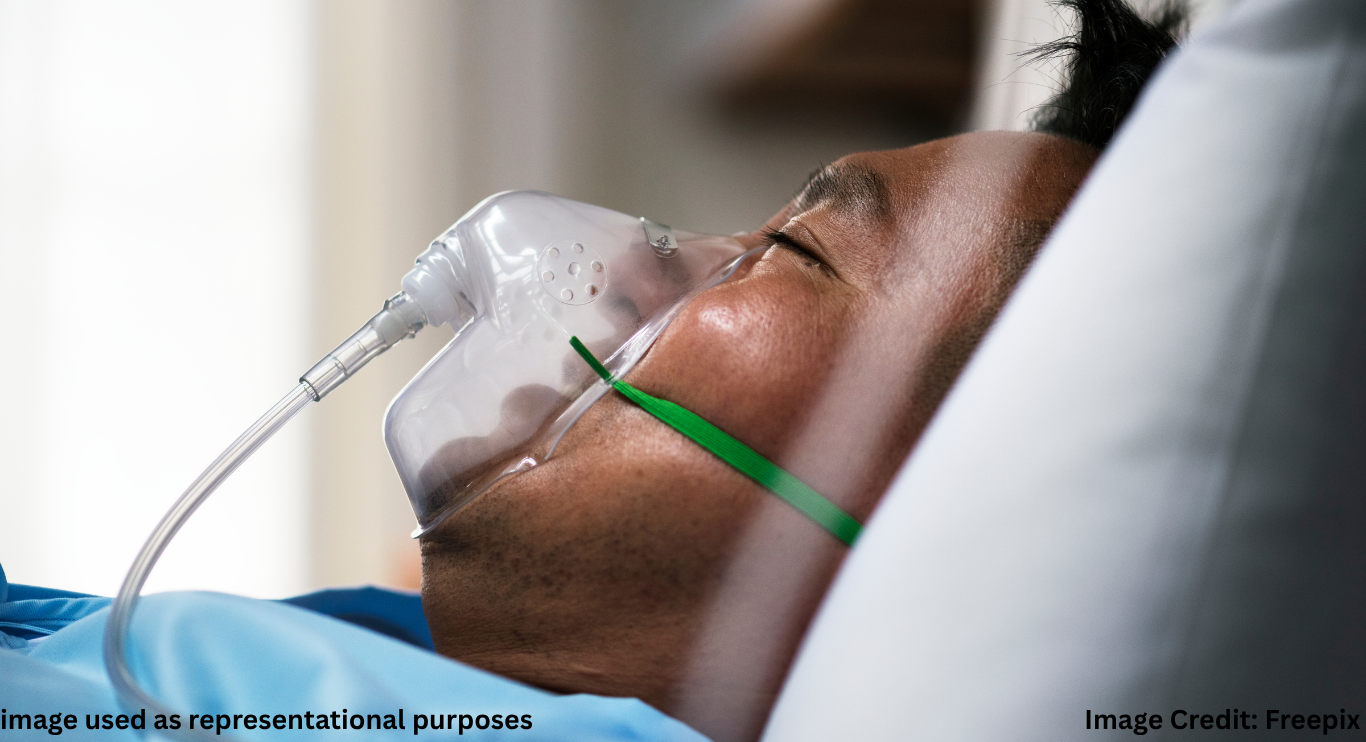
What is Hyperbaric Oxygen Therapy?
Hyperbaric Oxygen Therapy (HBOT) is a treatment that involves breathing pure oxygen in a pressurized room or chamber. While it may sound futuristic, the practice has been around for decades and is FDA-approved for several conditions.
At first glance, the idea of sitting in a high-pressure chamber may seem strange. But imagine this: you’re giving your body a supercharged boost of oxygen. That extra oxygen helps your blood carry more nutrients to your tissues, which can speed up healing and reduce inflammation.
How Does Hyperbaric Oxygen Therapy Work?
During a session, patients enter a chamber where the air pressure is increased to two or three times higher than normal. Under these conditions, your lungs can gather more oxygen than they would at normal air pressure. The oxygen is then distributed through your bloodstream, reaching areas that might otherwise be oxygen-starved.
According to the Undersea and Hyperbaric Medical Society, this process promotes wound healing, fights infection, and stimulates the growth of new blood vessels.
Benefits of Hyperbaric Oxygen Therapy
Boosts Tissue Regeneration
One of the standout benefits of Hyperbaric Oxygen Therapy is its ability to regenerate tissue. Injuries that were once considered long-term or even permanent have seen remarkable improvements.
Reduces Inflammation
HBOT also plays a significant role in minimizing inflammation, making it a valuable resource for chronic conditions like arthritis and fibromyalgia.
Enhances Brain Function
Emerging studies show that increased oxygen levels help improve brain function, especially in individuals recovering from strokes or dealing with traumatic brain injuries.
Real-Life Success Stories
Consider Jack, a 45-year-old construction worker from Austin. After a serious burn injury, Jack was referred to a hyperbaric clinic. Within three weeks of treatment, his wounds were healing faster than his doctors had anticipated. According to Jack, “It felt like my body had a head start every time I came out of that chamber.”
Or meet Maria, a retired teacher who suffered a minor stroke. After ten sessions of HBOT, her memory and speech clarity noticeably improved. Her neurologist noted a “significant recovery window that had been reopened.”
Conditions Treated by Hyperbaric Oxygen Therapy
1. The FDA has approved hyperbaric oxygen therapy for several medical conditions, including: Diabetic foot ulcers, carbon monoxide poisoning, radiation injuries, severe infections like necrotizing fasciitis, air embolisms
2. In clinical practice, many doctors also recommend it off-label for:
Post-concussion syndrome
Autism spectrum disorders
Lyme disease
Chronic fatigue syndrome
Is It Right for You?
While Hyperbaric Oxygen Therapy sounds like a miracle solution, it’s not for everyone. People with untreated pneumothorax, certain lung diseases, or those on chemotherapy should consult their doctor first. The treatment is generally safe, but side effects like ear pain or temporary vision changes can occur.
Things to Know Before You Start
Here’s what you should consider:
1. Insurance Coverage: Some plans cover it only for FDA-approved conditions.
2. Commitment: Most treatments require multiple sessions—sometimes up to 40.
3. Location: Not every hospital offers HBOT. You’ll need to find a certified hyperbaric facility.
4. Cost: A single session can range between $250 to $450 if paying out of pocket.
Conclusion
The Oxygen Therapy is not just for scuba divers or athletes anymore. Whether you’re recovering from surgery, managing a chronic illness, or just looking to support your body’s natural healing, HBOT offers a safe, effective option grounded in real science.
In today’s fast-paced world, we often forget the importance of oxygen—the very air we breathe. But with hyperbaric oxygen therapy, oxygen becomes more than survival; it becomes medicine.
“HBOT gave me a second chance,” says Jack. For many, that’s not just a slogan—it’s reality.

Akalumhe Jefferson is a content writer with a new found interest for crafting engaging stories that transport readers to new worlds. Although no current actual background in creative writing but there’s active love for writing



